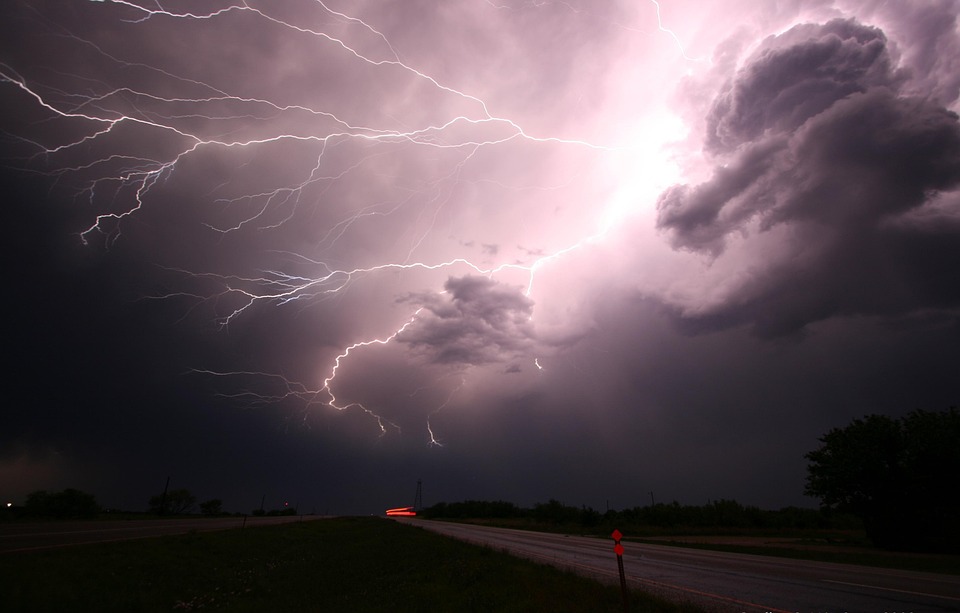How Is Climate Change Affecting Alaska?
Climate change is having a significant impact on Alaska, as temperatures continue to rise and sea levels continue to rise. Alaska is one of the most vulnerable states in the United States to the effects of climate change. The impacts of climate change are felt in Alaska in many ways, including melting glaciers, changing precipitation patterns, and rising sea levels.
Melting Glaciers
The most visible effects of climate change in Alaska are the melting glaciers. Glaciers cover around 5% of Alaska, and are retreating faster than ever. This melting of glaciers has a number of impacts on the environment, including increasing sea levels, altering river systems, and reducing habitat for wildlife.
Changing Precipitation Patterns
Climate change is also altering precipitation patterns in Alaska. Warmer temperatures are leading to more frequent and intense rainstorms, as well as longer periods of drought. This is leading to an increased risk of flooding for coastal communities and a decrease in water availability for the rest of the state.
Rising Sea Levels
As glaciers continue to melt, sea levels are rising around the coasts of Alaska. This is leading to an increased risk of flooding and erosion for coastal communities. Rising sea levels are also impacting Alaska’s coastal ecosystems, as saltwater is intruding into freshwater ecosystems and disrupting habitats.
Conclusion
Climate change is having a significant impact on Alaska, from melting glaciers to changing precipitation patterns to rising sea levels. As the effects of climate change become more prominent, it is becoming increasingly important for Alaskans to take action to mitigate the effects of climate change and protect their communities and ecosystems.

Kyle Whyte is a notable scholar and professor at the University of Michigan, holding positions such as the George Willis Pack Professor in the School for Environment and Sustainability and Professor of Philosophy. Specializing in environmental justice, his work critically examines climate policy and Indigenous peoples’ ethics, emphasizing the nexus between cooperative scientific endeavors and Indigenous justice. As an enrolled Citizen Potawatomi Nation member, he brings a vital perspective to his roles as a U.S. Science Envoy and member of the White House Environmental Justice Advisory Council. His influential research is supported by various prestigious organizations including the National Science Foundation, and disseminated through publications in high-impact journals. Kyle actively contributes to global Indigenous research methodologies and education, with affiliations to numerous institutes and societies dedicated to traditional knowledge and sustainability. Recognized for his academic and community engagement, Kyle has earned multiple awards and served in various visiting professorships. His efforts extend to leadership positions on boards and committees focused on environmental justice nationwide.
